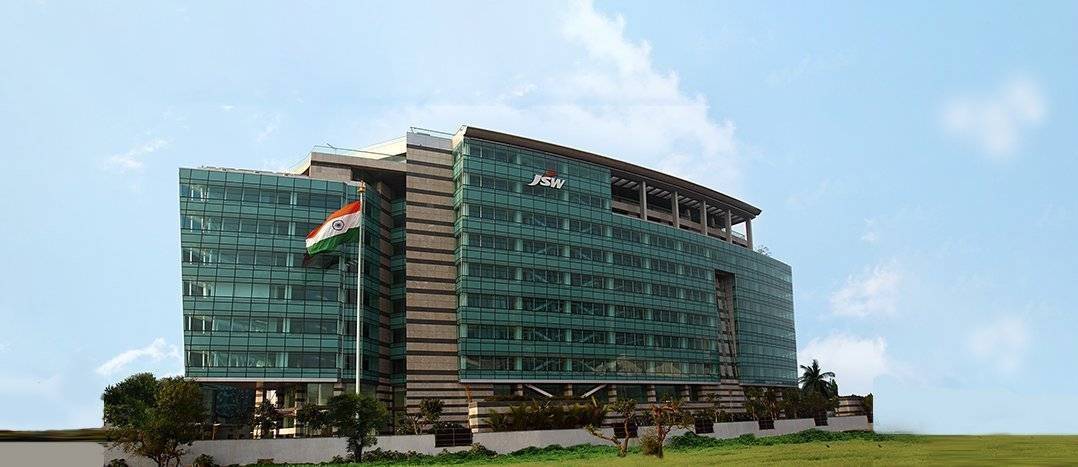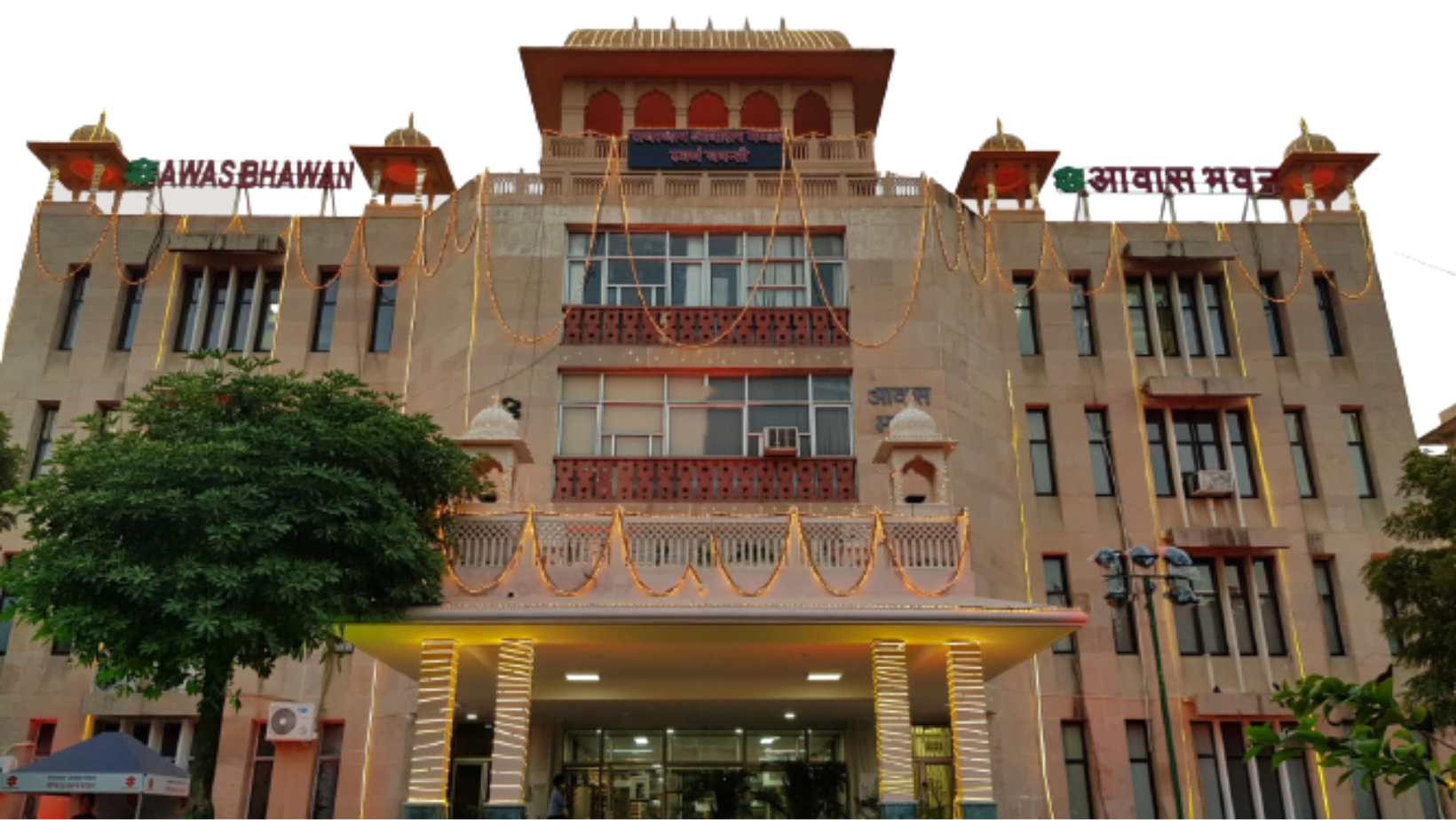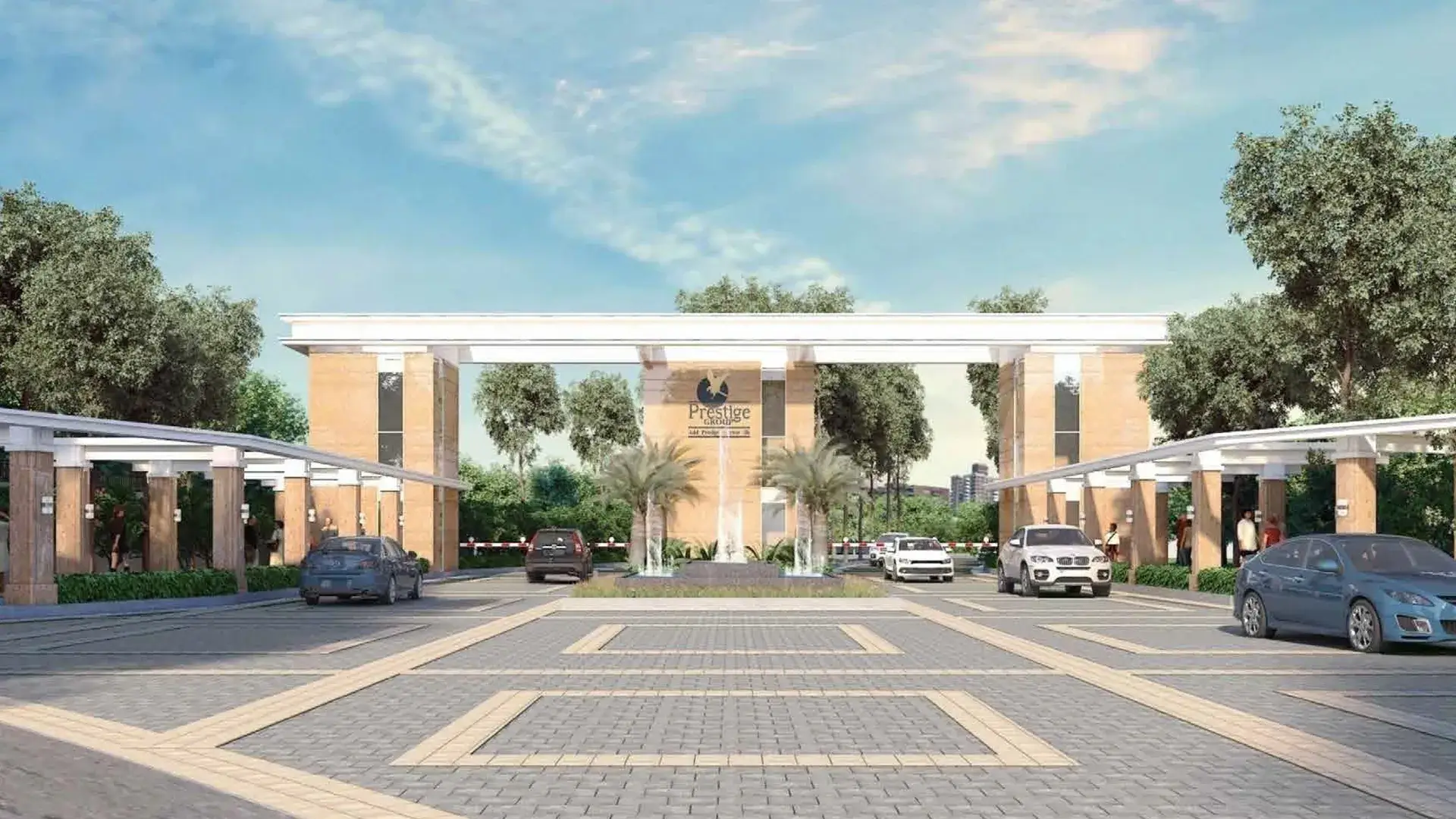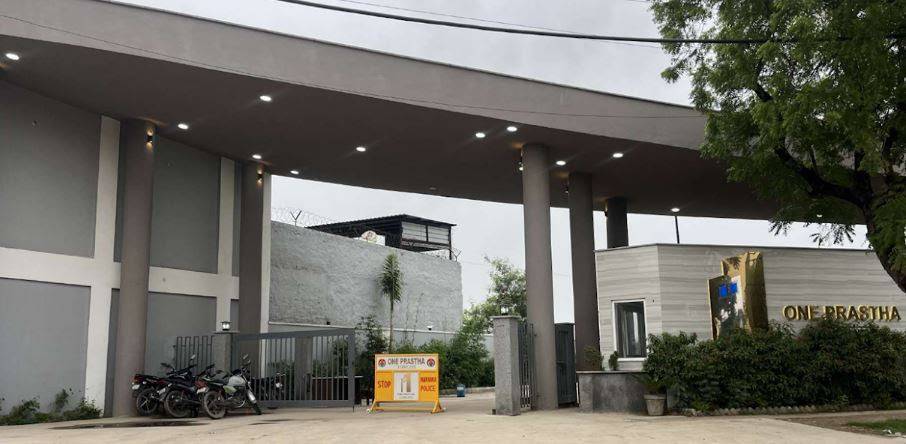JSW Group has announced a significant investment of Rs 1 trillion to establish a 25-million-tonne steel plant in Maharashtra’s Gadchiroli district. The project, which will be developed over the next seven to eight years, is expected to be a major development in India's steel sector. The announcement was made by JSW Group Chairman Sajjan Jindal at the Advantage Vidarbha Conclave in Nagpur, attended by Maharashtra Chief Minister Devendra Fadnavis and Union Minister Nitin Gadkari.
Jindal highlighted that the proposed steel plant would not only be the largest of its kind but also incorporate modern and environmentally conscious manufacturing practices. The first phase is expected to be operational within four years. The project is expected to create employment opportunities and contribute to economic growth in the Vidarbha region.
India’s steel industry currently produces around 125 to 130 million tonnes of crude steel annually, making it the second-largest producer after China. The sector contributes approximately 2% to the country’s GDP and plays a significant role in infrastructure development. The industry also provides direct employment to over 500,000 people, with indirect employment opportunities for millions.
India exports steel to markets including Europe, the Middle East, and the US. To further enhance production, the government introduced the National Steel Policy (NSP) in 2017, which aims to increase domestic steel production capacity to 300 million tonnes by 2030.
The steel industry has faced fluctuations in market demand and pricing, affecting profitability. JSW Steel, like other major producers, has navigated challenges related to pricing pressures, global trade dynamics, and raw material costs. Despite this, the Gadchiroli project signals confidence in long-term growth prospects for the industry.
Apart from its impact on the steel sector, the investment is expected to improve infrastructure in Gadchiroli, a region known for its underdeveloped industrial base. The establishment of such a large-scale facility could lead to the development of ancillary industries, logistical improvements, and greater economic activity.
The project aligns with the government’s broader vision of increasing industrialization in less-developed areas. With supportive policies and investments in infrastructure, projects like this could contribute to regional economic development while strengthening India’s position in the global steel market.









.png)